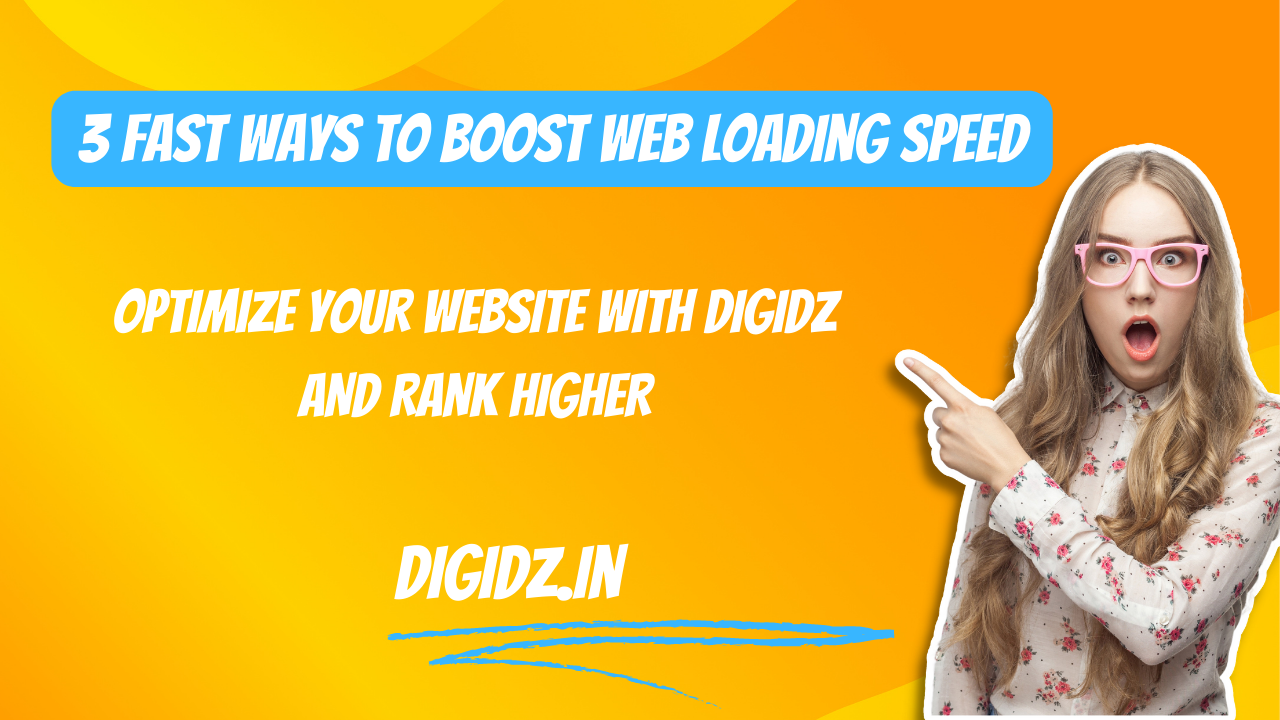In today’s fast-paced digital world, a slow-loading website can spell disaster for user experience and search engine rankings. It’s no secret that people in Pune, a vibrant and bustling city in India, expect websites to load quickly. Slow loading times can lead to frustrated visitors bouncing off your site and seeking faster alternatives. Additionally, search engines like Google consider page speed as a ranking factor. So, if you’re looking to capture the attention of Pune’s audience and outrank your competitors, optimizing your website’s loading speed is crucial. Let’s delve into some strategies that can help you achieve just that.
Understanding the Significance of Website Loading Speed
Before we dive into the nitty-gritty of optimization, let’s understand why website loading speed matters. Research indicates that the majority of users expect a website to load within two seconds or less. Any delay beyond that can result in a significant drop in user satisfaction. This impatience is even more pronounced in urban centers like Pune, where people are accustomed to the fast pace of life.
Headings Structure for Better Readability
To make this article more engaging and easy to skim through, we’ll be discussing various aspects of optimizing website loading speed under the following headings:
- Choosing a Reliable Web Hosting Provider
- Optimizing Image and Video Content
- Leveraging Browser Caching
- Minimizing HTTP Requests
- Using Content Delivery Networks (CDNs)
- Implementing Gzip Compression
- Prioritizing Above-the-Fold Content
- Reducing Server Response Time
- Mobile-Friendly Optimization
- Regular Performance Monitoring
Choosing a Reliable Web Hosting Provider
The foundation of a fast-loading website starts with a reliable web hosting provider. Opt for a hosting plan that aligns with your website’s needs and traffic volume. A server closer to Pune can drastically reduce latency and loading times for local users.
Optimizing Image and Video Content
Rich media files can significantly slow down your website. Compress and resize images and videos before uploading them. Utilize modern image formats like WebP that offer better compression without compromising quality.
Leveraging Browser Caching
Browser caching allows elements of your website to be stored in a user’s browser, reducing the need to fetch everything from the server on subsequent visits. This leads to quicker loading times for returning visitors.
Minimizing HTTP Requests
Each element on a webpage, such as images, scripts, and stylesheets, requires separate HTTP requests. Aim to keep these requests to a minimum by combining files and using sprites where possible.
Using Content Delivery Networks (CDNs)
CDNs store cached copies of your website on servers located in various geographic locations. This means that users in Pune can access your site’s content from a nearby server, reducing latency and loading times.
Implementing Gzip Compression
Gzip compression reduces the size of files transmitted between the server and the user’s browser. Smaller files mean faster loading times. Most modern browsers support Gzip compression.
Prioritizing Above-the-Fold Content
Load essential content above the fold (the visible area before scrolling) before loading less crucial elements. This gives users the perception of a faster-loading page.
Reducing Server Response Time
Optimize your server’s performance to respond quickly to user requests. Factors like adequate resources, efficient coding, and database optimization contribute to reduced server response time.
Mobile-Friendly Optimization
Given the rise of mobile browsing, ensuring that your website is mobile-responsive is paramount. Google also considers mobile-friendliness as a ranking factor.
Regular Performance Monitoring
Optimization is an ongoing process. Regularly monitor your website’s performance using tools like Google PageSpeed Insights or GTmetrix. These tools provide insights into areas that need improvement.
In the fast-paced online landscape of Pune, a website’s loading speed can make or break its success. By implementing the strategies outlined in this article, you can provide Pune’s audience with a seamless and lightning-fast browsing experience. From choosing the right hosting provider to regularly monitoring performance, each step plays a crucial role in enhancing your website’s loading speed. Remember, a website that loads swiftly not only pleases users but also impresses search engines, giving you the competitive edge you need in Pune’s digital arena.
FAQs
1. How do I choose the right hosting provider for my website in Pune?
Choosing the right hosting provider involves considering factors like server location, traffic volume, and the hosting plan’s resources. Opt for a provider with servers located near Pune to reduce loading times for local users.
2. Is mobile-friendly optimization really important for website speed?
Absolutely. With the increasing use of mobile devices for browsing, a mobile-responsive website is essential for delivering a fast and seamless experience to users in Pune and beyond.
3. How often should I monitor my website’s performance after implementing these strategies?
It’s recommended to monitor your website’s performance regularly, at least once a month. Tools like Google PageSpeed Insights and GTmetrix can provide valuable insights into any performance bottlenecks that may arise over time.






